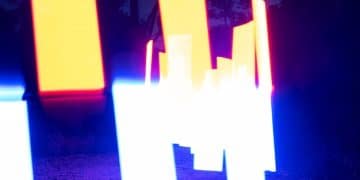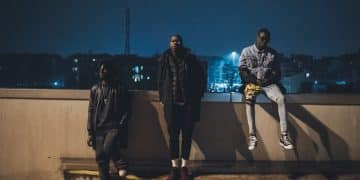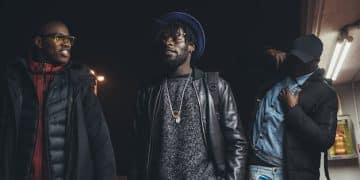Underground Rap: Censorship & Freedom of Expression
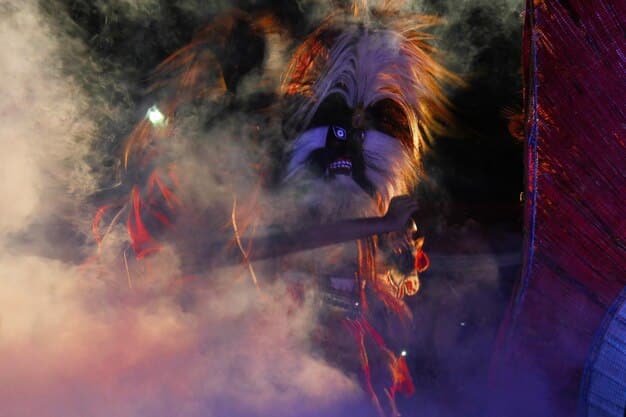
Underground rap faces unique challenges related to censorship and the constant struggle to maintain freedom of expression, often pushing boundaries and sparking social dialogues in ways mainstream music might not.
The world of underground rap is a vibrant landscape of unfiltered voices, raw stories, and creative exploration; however, this artistic freedom often collides with the harsh realities of censorship and freedom of expression, leaving many artists grappling with how far they can push boundaries. This article delves into the complexities of this intersection.
The Essence of Underground Rap and Its Vulnerability
Underground rap serves as a vital platform for marginalized voices and unconventional narratives, offering a counterpoint to mainstream narratives. However, its non-conformist nature makes it uniquely susceptible to scrutiny when exploring censorship and freedom of expression.
Often born out of necessity, underground rap thrives on its independence from major labels, granting artists the autonomy to address controversial topics, challenge the status quo, and experiment with edgy soundscapes.
Why is Underground Rap more vulnerable?
The independent nature of underground rap, while a strength in terms of artistic freedom, also leaves it vulnerable. Mainstream artists often have resources to navigate censorship challenges. Underground artists typically don’t have the same luxury.
The Role of Social Media
Social media has given a new voice to many people. However, even with social media, the platform is moderated by someone.
- Artists risk shadow banning or account suspensions on platforms.
- Content that is flagged as offensive, even if artistically valuable, may be removed.
- Algorithms can limit the visibility of controversial content, stifling reach.
In conclusion, the vibrant and independent nature of underground rap, while allowing for unique artistic expression, makes it especially susceptible to censorship and freedom of expression challenges, primarily due to its lack of resources and reliance on increasingly controlled online spaces.
Censorship Tactics Faced by Underground Rappers
Underground rappers face a range of censorship tactics, both overt and subtle, that seek to undermine their ability to communicate freely. By exploring censorship and freedom of expression we find many differences in opinions on both sides.
These tactics span from direct suppression to more nuanced forms of marginalization that can significantly impact an artist’s reach and influence.
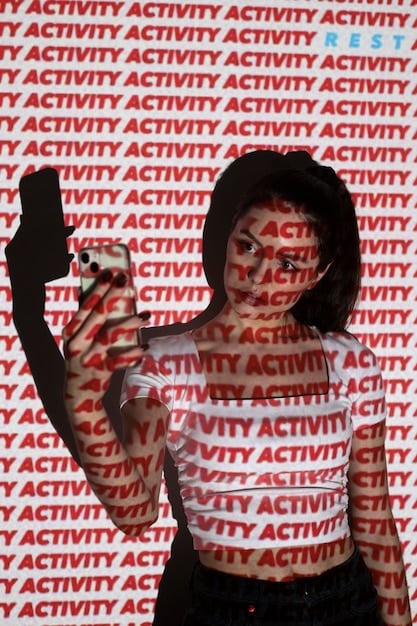
Platform Bans and Content Removal
Direct censorship manifests in the form of platform bans and content removal. Streaming services, social media platforms, and even online marketplaces may remove songs, videos, or entire artist profiles deemed to violate their content policies.
Financial Restrictions and Demonetization
Another tactic involves financial restrictions and demonetization. Many underground rappers rely on online platforms for revenue. However, if their music has questionable content, it is often rejected.
- Platforms can demonetize specific tracks or entire accounts,.
- Payment processors may refuse to handle transactions associated with controversial artists.
- Venues may decline to host performances due to concerns about potential controversy.
In summary, the censorship faced by underground rappers varies widely, from direct removal of content to subtler forms of financial restriction and marginalization, all impacting their ability to express themselves artistically and connect with their audience. All while discussing the important topic of censorship and freedom of expression.
Legal and Ethical Boundaries of Freedom of Expression
The boundaries of freedom of expression, particularly in the context of underground rap, are often debated. Navigating censorship and freedom of expression is a constant challenge, fraught with legal and ethical considerations.
While artistic expression should be protected, it is not absolute. Legal frameworks impose limitations on speech that incites violence, defamation, or hate speech.
The Fine Line Between Expression and Incitement
One of the most challenging aspects is the fine line between artistic expression and incitement. Underground rap often addresses sensitive topics that can be interpreted differently by various audiences.
Ethical Responsibilities of Artists
Along with legal considerations, artists have ethical responsibilities to consider. While pushing boundaries is inherent to the genre, artists must be conscious of the potential impact on their audience and society.
In closing, navigating the legal and ethical boundaries of freedom of expression in underground rap is complex, requiring artists to be aware of legal limitations while remaining true to their artistic vision and ethical responsibilities when exploring censorship and freedom of expression.
Impact of Censorship on Artistic Creativity
Censorship can profoundly impact artistic creativity, particularly within the realm of underground rap. Navigating the intersection of censorship and freedom of expression can be debilitating for creators.
While censorship may stifle certain forms of expression, it can also inadvertently spark innovation and resilience among artists.
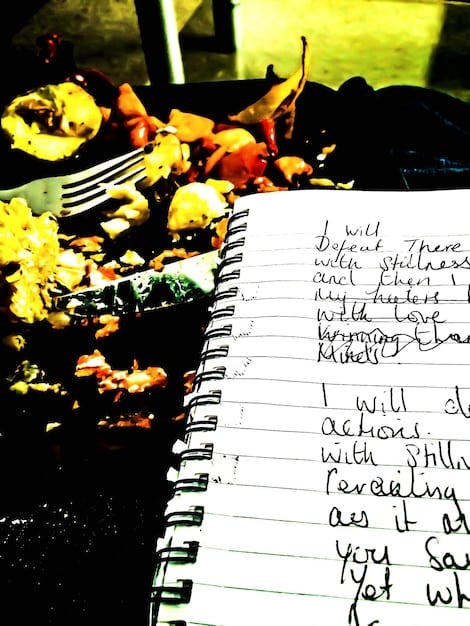
Stifling Authentic Voices
Censorship can stifle authentic voices and limit the range of perspectives available to audiences. When artists feel compelled to self-censor, they may shy away from controversial topics. This in turn leads to less variety and less freedom of expression.
Sparking Creativity and Innovation
Paradoxically, censorship can also spark creativity and innovation. Artists may find alternative ways to express themselves, using coded language, metaphors, or ambiguous imagery to evade censorship while still conveying their message.
- Artists may turn to platforms and communities less prone to censorship.
- Collaboration can amplify voices and share the risk of censorship.
- Direct engagement with audience creates solidarity.
Artists often face a balancing act. Some feel the need to push boundaries while others feel that they must tone it down. The impact that censorship and freedom of expression can have on the artist may cause them to act in certain ways.
Strategies for Maintaining Freedom of Expression in Underground Rap
Maintaining freedom of expression in underground rap requires a multi-faceted approach. It means finding ways to navigate censorship and freedom of expression in a world filled with rules constantly changing.
Artists, communities, and advocates must work together to develop strategies that empower independent voices and protect artistic freedom.
Building Alternative Platforms and Communities
One effective strategy is building alternative platforms and communities that prioritize freedom of expression. This can involve creating independent streaming services, social media networks, or online marketplaces that are not subject to the same restrictions as mainstream platforms.
Legal Advocacy and Activism
Legal advocacy and activism play a crucial role in challenging censorship and defending artistic freedom. Organizations like the American Civil Liberties Union (ACLU) and the Electronic Frontier Foundation (EFF) work to protect free speech rights and challenge laws and policies.
In conclusion, maintaining freedom of expression in underground rap requires a combination of individual resilience, community support, and strategic advocacy. As censorship tactics evolve, artists and advocates must remain vigilant, adapting their strategies to protect independent voices and ensure that diverse narratives continue to thrive.
The Future of Underground Rap: Balancing Expression and Responsibility
The future of underground rap hinges on striking a balance between expression and responsibility. When considering censorship and freedom of expression, it is easy to get lost in the middle.
As technology evolves and social norms shift, underground artists and fans face the task of navigating an ever-changing landscape.
Evolving Technologies and Content Moderation
Evolving technologies, such as artificial intelligence (AI) and machine learning (ML), are increasingly used for content moderation. AI algorithms can automatically detect and remove content deemed to violate platform policies.
Cultivating Dialogue and Understanding
Ultimately, the future of underground rap depends on cultivating dialogue and mutual understanding between artists, audiences, and society at large. Open conversations about the role of music in society.
- Greater emphasis could be placed on media literacy and critical thinking skills,.
- Encouraging empathy and understanding across diverse viewpoints.
- Creating safe spaces for dialogue can foster respect and understanding,.
Art is always changing and often pushing boundaries. What art is is sometimes up to the eye of the beholder. Everyone should be able to voice their opinion on censorship and freedom of expression.
| Key Point | Brief Description |
|---|---|
| 🎤 Vulnerability | Underground rap is more vulnerable to censorship due to its independent nature. |
| 🚫 Tactics | Censorship tactics include platform bans, content removal, and financial restrictions. |
| ⚖️ Legal Boundaries | Freedom of expression has legal and ethical boundaries, especially when it comes to incitement. |
| 🗣️ Future | Future relies on balancing expression with responsibility and cultivating understanding. |
FAQ
▼
Underground rap refers to rap music that exists outside the mainstream music industry. It often features more experimental sounds, raw or unfiltered lyrics, and independent production.
▼
It is censored because of its controversial and provocative nature. The unfiltered lyrics and anti-establishment sentiments challenge norms and values, prompting censorship from platforms and authorities.
▼
Examples of censorship include removal of content from streaming platforms, demonetization of videos, and bans from social media websites. These actions impact artists’ revenue and exposure.
▼
To overcome censorship, underground rappers use alternative platforms, coded language, and metaphors. Additionally, collaboration and community support enables the artists to push back against powerful adversaries.
▼
The future of freedom of expression relies on navigating content moderation. Cultivating dialogues and balancing expression with responsibility is key to ensure a vibrant future.
Conclusion
In conclusion, navigating censorship and freedom of expression in underground rap is an ongoing challenge. It requires artists, communities, and advocates to remain vigilant in the face of evolving censorship tactics and to prioritize dialogue, collaboration, and resilience.
